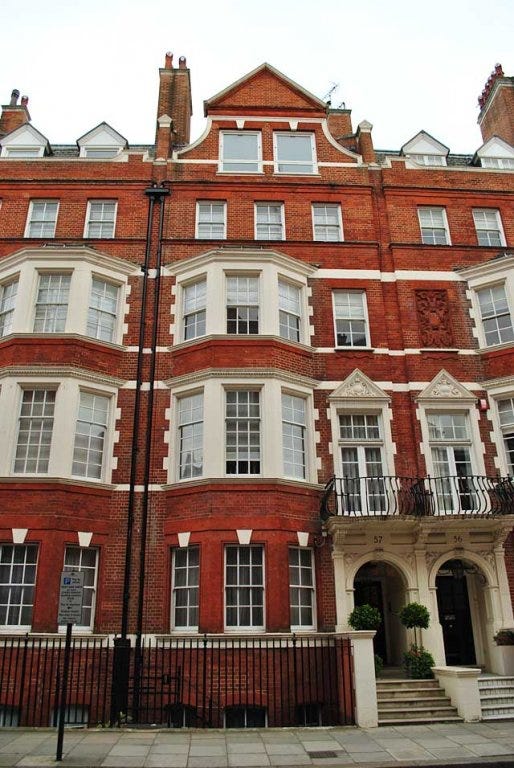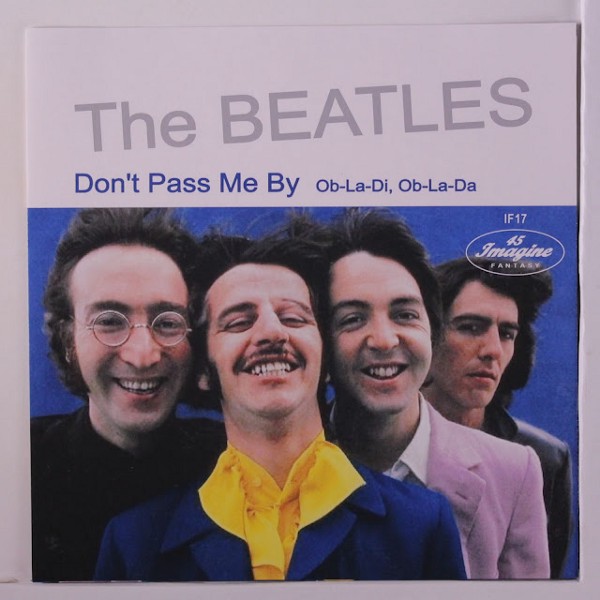Did the Beatles ever live together?
In the film Help The Beatles living together in the ultimate bachelor pad. Four doors lead into a miraculous shared space, with all mod cons. No boring housework to worry about.
This fun palace bore little resemblance to The Beatles own living arrangements,. Before they were famous, the band had shared countless dingy rooms and transit vans. They only formally lived at the same address for a few months in the autumn of 1963.
London
Brian Epstein had initially arranged for them to stay at the Hotel President, near the British Museum in Bloomsbury. Though a major upgrade on what they were used to, the hotel soon presented practical problems.
Fans were laying siege to their hotel in ever increasing numbers. By October, with She Loves You at Number One, staying in any public building had become untenable.
They then moved into a top floor flat in Green Street, Mayfair, near Hyde Park. There were three bedrooms, with the Lennon family taking one and the other three Beatles sharing the rest of the apartment.

The Green Street arrangement — the only time The Beatles formally lived together — only lasted a few months. John, Cynthia and the toddler Julian soon moved to their own flat on Emperor’s Gate.
George and Ringo followed Brian Epstein to Whaddon House, an exclusive development near Harrods. They shared another apartment there for a year before eventually escaping to the suburbs.
Read More: At Home With The Beatles:1963-66
The Beatles Story (teaching resources)


